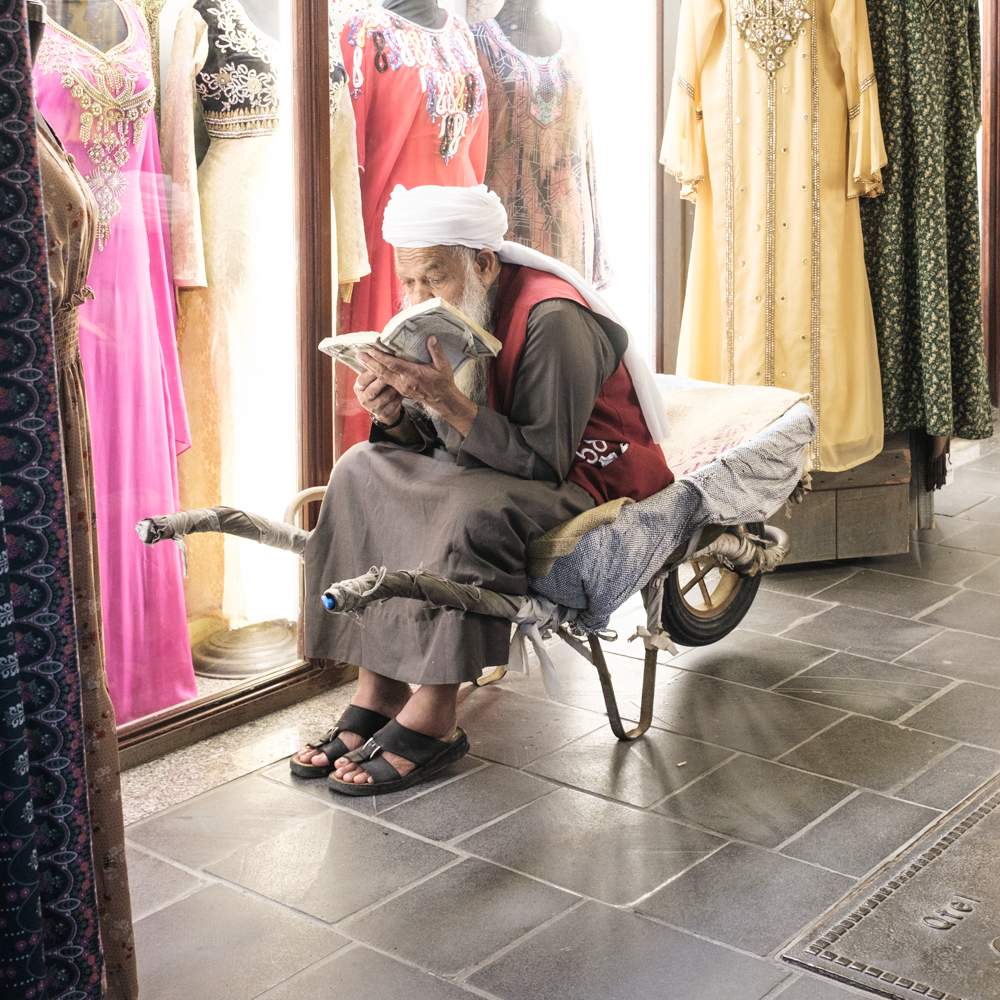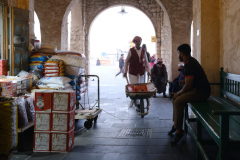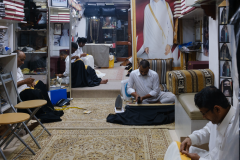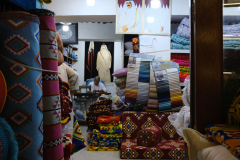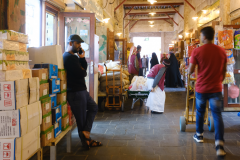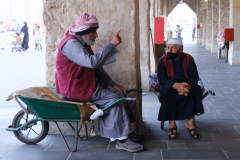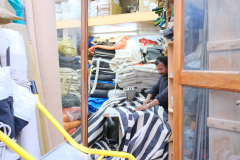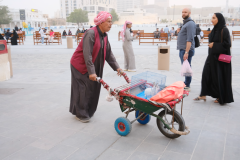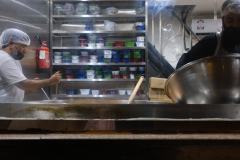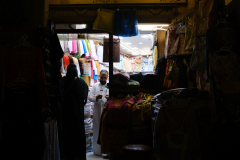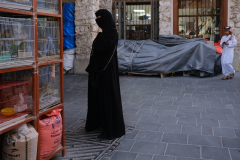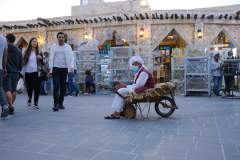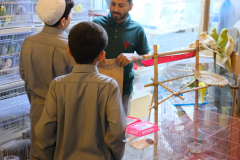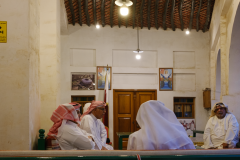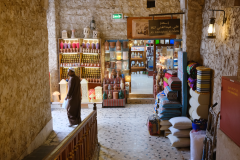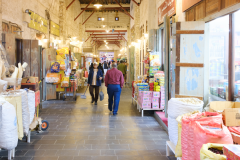Exercise 2: Covert
Approach this exercise with care and a diligent awareness of health and safety both for yourself and others.
Closely consider the work of the practitioners discussed above, then try to shoot a series of five portraits of subjects who are unaware of the fact they are being photographed. As you’ve seen, there are many ways in which you can go about this, but we can’t stress enough that the objective here is not to offend your subjects or deliberately invade anyone’s privacy. If you don’t have permission to shoot in a privately-owned space, then you should only attempt this work in a public space, where permission to shoot is not necessarily required.
This is a very interesting challenge, which some students will find incredibly difficult. Remember that the creative outcome of the practitioners discussed above has come about through a sustained approach, which is then heavily
edited for presentation.You’ll need to shoot many images in order to be able to present five final images that work together as a set. Think everything through carefully before attempting this exercise as the responsibility for the outcome of the portraits rests entirely with you. If during the course of this exercise, you are challenged in any way, be prepared to delete what you have shot. If you can see that you are annoying someone, or making
them feel uncomfortable, stop shooting immediately. You’ll be required to operate with a degree of common sense here and not take unnecessary risks.
There are ways of completing this exercise without incurring the risk, such as shooting the work at a party you’ve been invited to, where all the guests have been invited for a particular celebration. The reflection about your methodology (your approach to how you have achieved the images in relation to why you chose what you have chosen) will be as important as the final five images, so be prepared to write about how you found the experience (around 500 words) and present your findings via your learning log or blog.
I have the good fortune to travel a lot for work and recently spent 8 days in Doha, Qatar. My hotel was situated near the ‘Souq Waqif- a large marketplace that sells spices, handicrafts, traditional garments, gold jewellery and souvenirs. It’s a warren of small shops and businesses frequented by locals and tourists alike. I decided to use the opportunity to do the exercise ‘covert’ using the hustle and bustle of the market to capture any opportunities that came my way. In preparation for the exercise I considered the following:
- Getting to know the market, its layout and what it had to offer
- Understand local laws with regard to photographing people in public
- Be sensitive to cultural differences (and what those differences are)
- How I intended to take photos-type of the camera as well as positioning and settings that would give me the best results.
I spent a lot of time walking around the market and getting familiar with it. I asked some of the people I was working with about any risks of taking photos in Qatar, and they didn’t see any major risks involved, other than being respectful to the fact its an Islamic country and so beware of the customs around dress, photographing women and religious practice. The world cup had just seen an influx of tourists into Doha, so there was more acceptance of people walking about taking photographs. The Souk Wakif is also quite multi-cultural albeit with people from many eastern countries so it definitely had its own vibe.
I spent the first few days openly taking photos and building my confidence. I was using a Fuji X-T100 23mm fixed lens which is quite small and has a lot of useful settings for taking covert street photography. I practised shooting at hip level and set it to burst at 8fps which gave me sufficient quality and worked without being intrusive.
The market itself comprises of narrow side streets with shops on each side. Here the owners practice their craft-including gold smiths making jewellery, tailors making clothes, watch repairers, sweet makers, live animals-you, you name it, they were selling it. As I got familiar with the place, I decided I didn’t want to apply a ‘spray and pray’ method of photography, so I decided to look for people in their work environment and walked around the different sections to find suitable scenes to photograph while at the same time, I knew I had to embrace the fact that I wouldn’t have full control over what came my way.
A place like the Souk Waqif is a deep well to dip into, and I spent many hours photographing its life and rhythms. I began to understand the different types of stalls and spent time getting to know the traders by sight. The image of the group of tailors sewing (unaware 3) caught my eye for a few reasons, including the positioning of the portraits of the Emir of Qatar-ubiquitous and in every shop, as well as the placement of the mirror and tailors from front to back, giving the image depth and multiple points of interest. Many traders, like the watch repairer (unaware_4), have their own little space in the market and were there every day I visited.
Reflection
Overall, I found the experience challenging, but I soon grew in confidence and developed strategies to take photographs fast when I recognised a scene of interest or something serendipitous presented itself. Sometimes I looked in one direction while photographing the other.
The results are interesting as you photograph people in a more natural environment. They are more at ease with what they are doing, which lends the images an element of authenticity.
References
https://www.martinparr.com/ (accessed 01/01/2023)
https://www.moma.org/artists/1777 (accessed 10/01/2023)
https://www.vivianmaier.com/ (accessed 10/01/2023)
https://www.1854.photography/ (accessed 10/01/2023)


